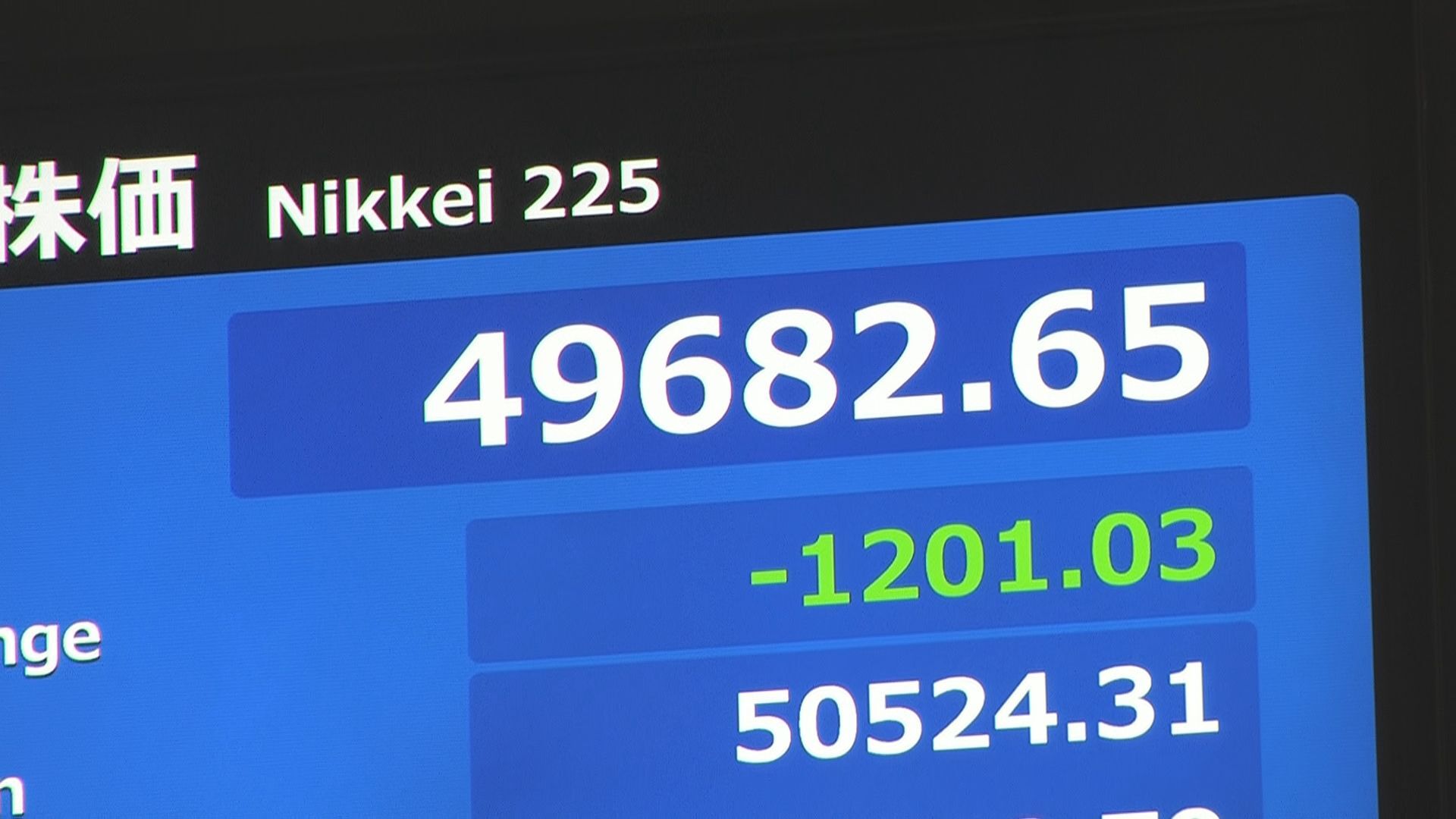
When you buy through links on our articles, Future and its syndication partners may earn a commission.

Europe's Ariane 6 heavy-lift rocket took to the skies for the fourth time ever today (Nov. 4).
An Ariane 6 lifted off from Europe's Spaceport in Kourou, French Guiana today at 4:02 p.m. EST (2102 GMT; 6:02 p.m. local time in Kourou), carrying the Sentinel-1D Earth-observation satellite to low Earth orbit (LEO).
The Ariane 6 deployed Sentinel-1D about 33.5 minutes after liftoff today as planned, at an altitude of 440 miles (708 kilometers).

The Ariane 6 is the successor to the Ariane 5, which retired in July 2023 after 27 years of service. The new rocket debuted with a checkered July 2024 test flight, then followed that up with two fully successful operational launches, in March and August of this year.
Ariane 6 made it three in a row today with the launch of Sentinel-1D, which is part of the European Union's Copernicus Earth-observation program.
The Sentinel-1 series of satellites capture detailed radar imagery of Earth, "performing in all weathers, day and night," European Space Agency (ESA) officials wrote in a Sentinel-1D mission description. "This service is vital for disaster response teams, environmental agencies, maritime authorities, climate scientists — and other users who depend on frequent updates of critical data."
Three Sentinel-1 satellites had launched before today, and two of those remain operational (Sentinel-1A and Sentinel-1C). Sentinel-1D will replace Sentinel-1A, which has been eyeing Earth from orbit for 11 years — well beyond its planned operational lifetime, according to ESA.
"The Sentinel-1D satellite will work in tandem with Sentinel-1C to generate timely data," agency officials wrote in the description. "Both satellites have a C-band synthetic aperture radar (SAR) instrument on board, which captures high-resolution imagery of Earth's surface. They are also equipped with Automatic Identification System (AIS) instruments to improve detection and tracking of ships."

Today's launch was Europe's fifth orbital mission of 2025. In addition to the three Ariane 6 flights, the Vega C smallsat launcher — which, like the Arianespace, is operated by the France-based company Arianespace — has aced two missions so far this year, in April and July.
For context, SpaceX has launched 140 missions of its workhorse Falcon 9 rocket in 2025. More than 70% of those flights have been devoted to building out the company's Starlink megaconstellation in LEO.
Editor's note: This story was updated at 1:14 p.m. ET on Nov. 5 with news of successful liftoff, then again at 1:39 p.m. ET with news of satellite deployment.
LATEST POSTS
- 1
 Revealing the Incomparable Realms: An Excursion through Power and Inheritance
Revealing the Incomparable Realms: An Excursion through Power and Inheritance - 2
 A definitive Burger Standoff: Which One Rules?
A definitive Burger Standoff: Which One Rules? - 3
 5 Chiefs That Changed Our Opinion on Film
5 Chiefs That Changed Our Opinion on Film - 4
 'Set up an Army Radio station at President’s Residence': Source close to Katz slams Herzog
'Set up an Army Radio station at President’s Residence': Source close to Katz slams Herzog - 5
 Email Promoting Instruments for Compelling Efforts
Email Promoting Instruments for Compelling Efforts
 Inconceivable Spots To Stargaze All over The Planet
Inconceivable Spots To Stargaze All over The Planet 【速報】日経平均株価 一時1200円超の下落 5万円台割れ(TBS NEWS DIG Powered by JNN)
【速報】日経平均株価 一時1200円超の下落 5万円台割れ(TBS NEWS DIG Powered by JNN) 大谷翔平、3年連続シルバースラッガー賞受賞 イチロー超えの日本人最多4度目、シュワーバー下す(Full-Count)
大谷翔平、3年連続シルバースラッガー賞受賞 イチロー超えの日本人最多4度目、シュワーバー下す(Full-Count) Geomagnetic storm grounds launch of Mars space weather satellites
Geomagnetic storm grounds launch of Mars space weather satellites Top Breakfast Food: What's Your Morning Enjoyment?
Top Breakfast Food: What's Your Morning Enjoyment? シャープ、通期純利益を上方修正 PC販売好調(ロイター)
シャープ、通期純利益を上方修正 PC販売好調(ロイター) Instructions to Construct an Organization While Chasing after a Web-based Degree
Instructions to Construct an Organization While Chasing after a Web-based Degree アルコールの健康リスク、女性は特に注意 少量で肝硬変の恐れも(毎日新聞)
アルコールの健康リスク、女性は特に注意 少量で肝硬変の恐れも(毎日新聞) Independence from the rat race: How to Save and Contribute Carefully
Independence from the rat race: How to Save and Contribute Carefully













